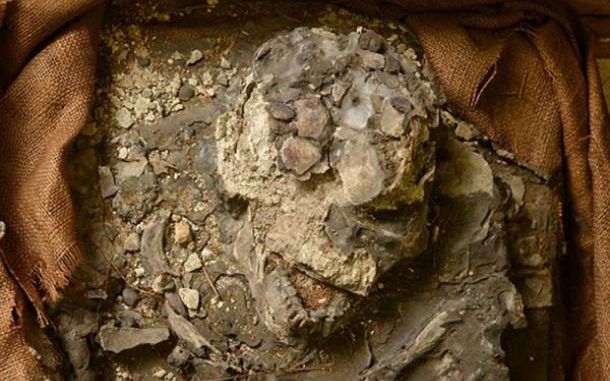
Another great article from Ancient-Origins.net writer April Holloway: Scientists at the Penn Museum in Philadelphia have re-discovered a rare and important find in their storage rooms – a complete human skeleton who lived around 6,500 years ago in the Sumerian city-state of Ur. The aptly named ‘Noah’ was originally found within a layer of deep silt, indicating that he lived after an epic flood. The first known recorded story of a great flood comes from Sumer, now southern Iraq, and it is generally believed to be the historic precursor of the Biblical flood story written millennia later.
The skeleton belongs to a middle-aged man, who had been stored in a coffin-like box for 85 years, all trace of its identifying documentation gone. However, a recent project run by the archaeology museum in Philadelphia to digitize old records brought that documentation, and the history of the skeleton, back to light, allowing the skeleton to be properly identified, and its significance realised, for the first time. According to a news report in Past Horizons, the skeleton was originally found by British archaeologist Sir Leonard Woolley around 1929/1930 during a joint Penn Museum/British Museum excavation of the ancient city of Ur, near modern-day Nasiriyah in Iraq.
Read the full article HERE (link)

BYPASS THE CENSORS
Sign up to get unfiltered news delivered straight to your inbox.
You can unsubscribe any time. By subscribing you agree to our Terms of Use
Latest posts by Royce Christyn (see all)
- Irish Slaves – What The History Books Will Never Tell You - November 1, 2017
- Government Op Who Predicted Super Bowl Score Warns Of Nuclear War - February 18, 2017
- Video: Why Voting Doesn’t Change Anything & Democracy Is A Lie - May 7, 2016

Be the first to comment